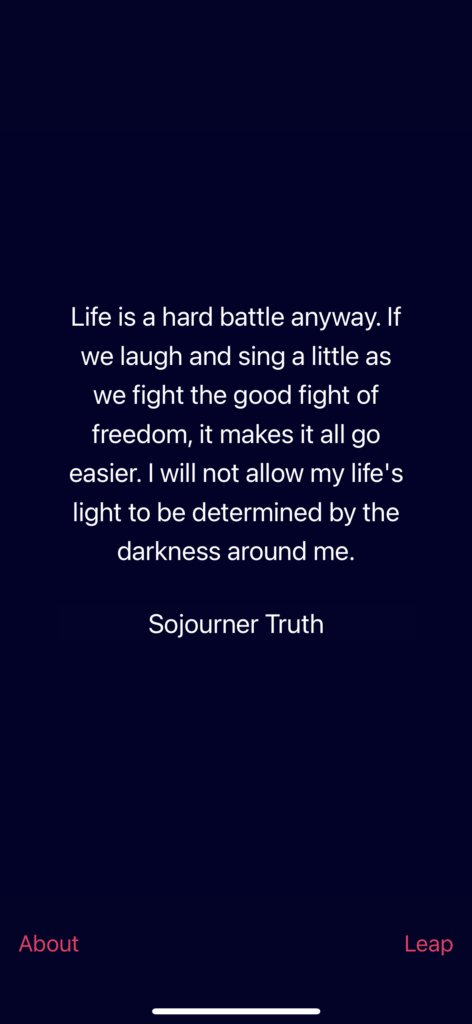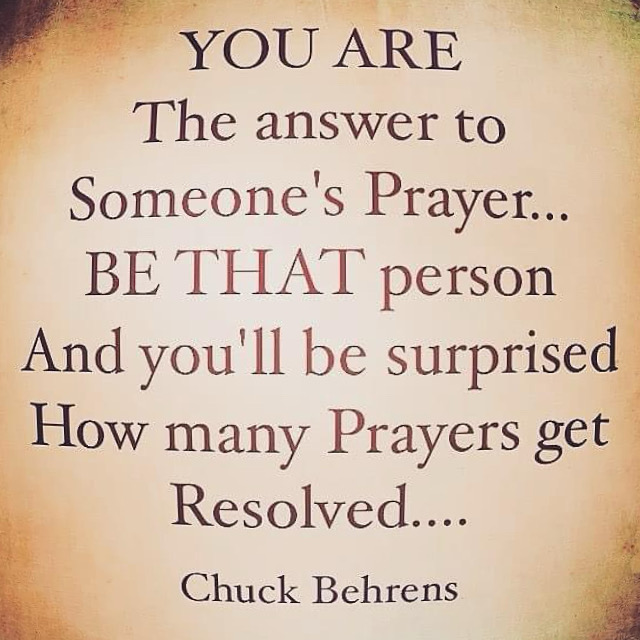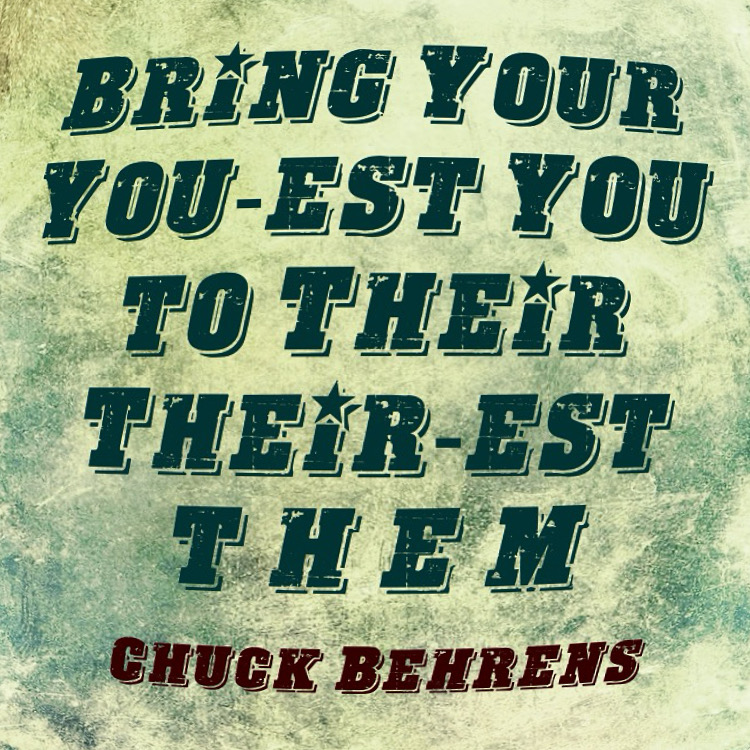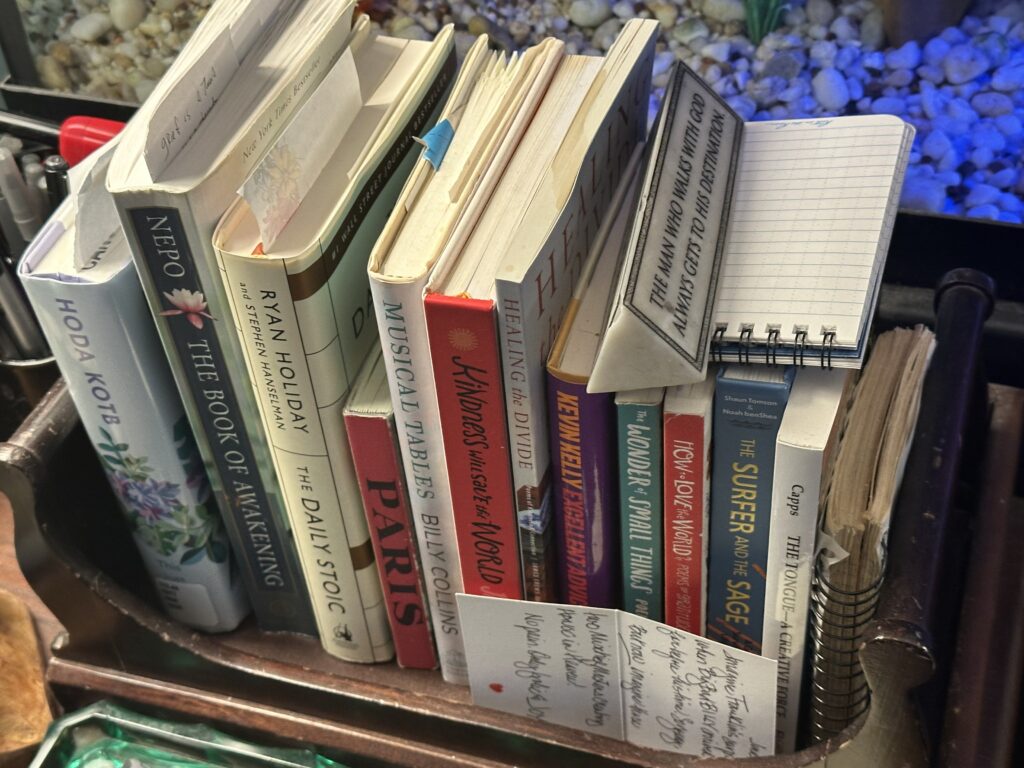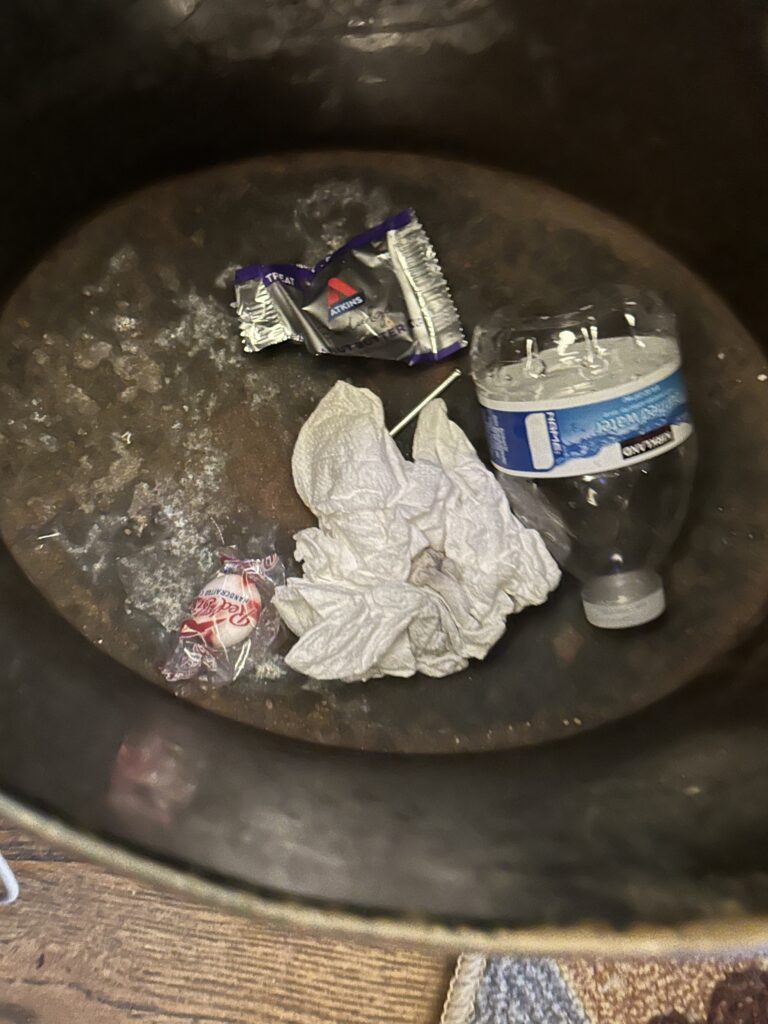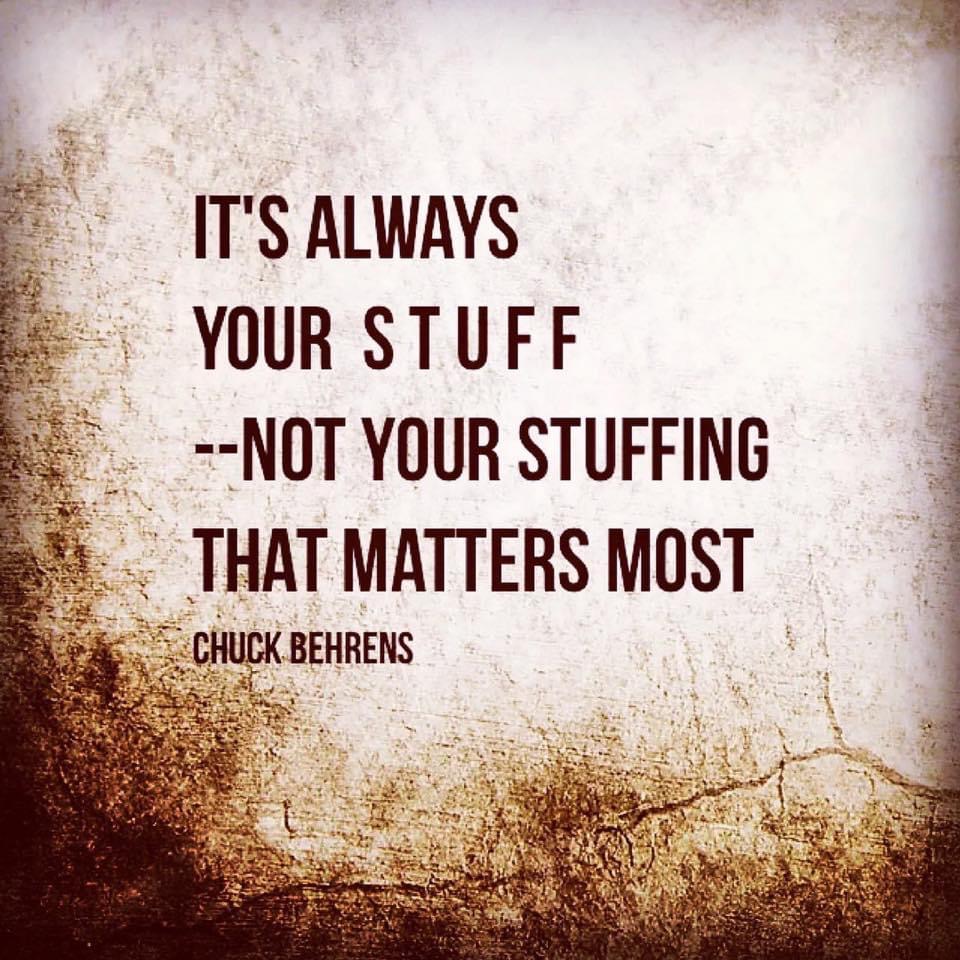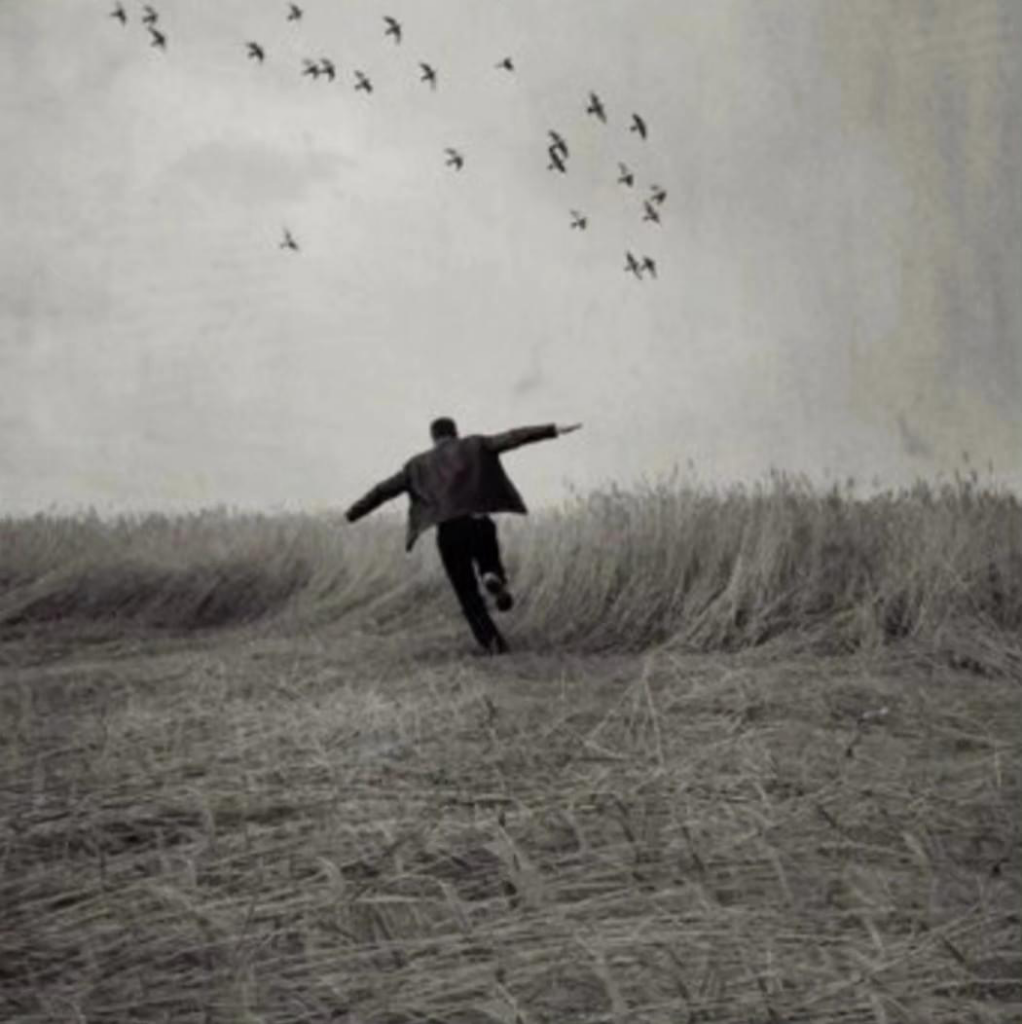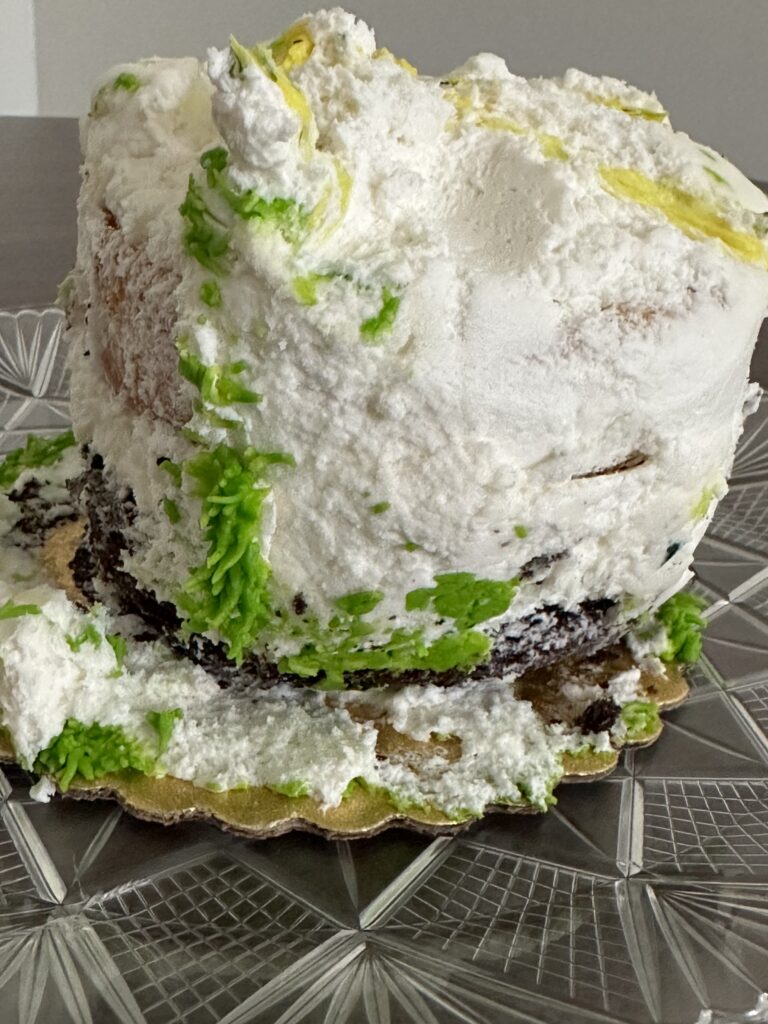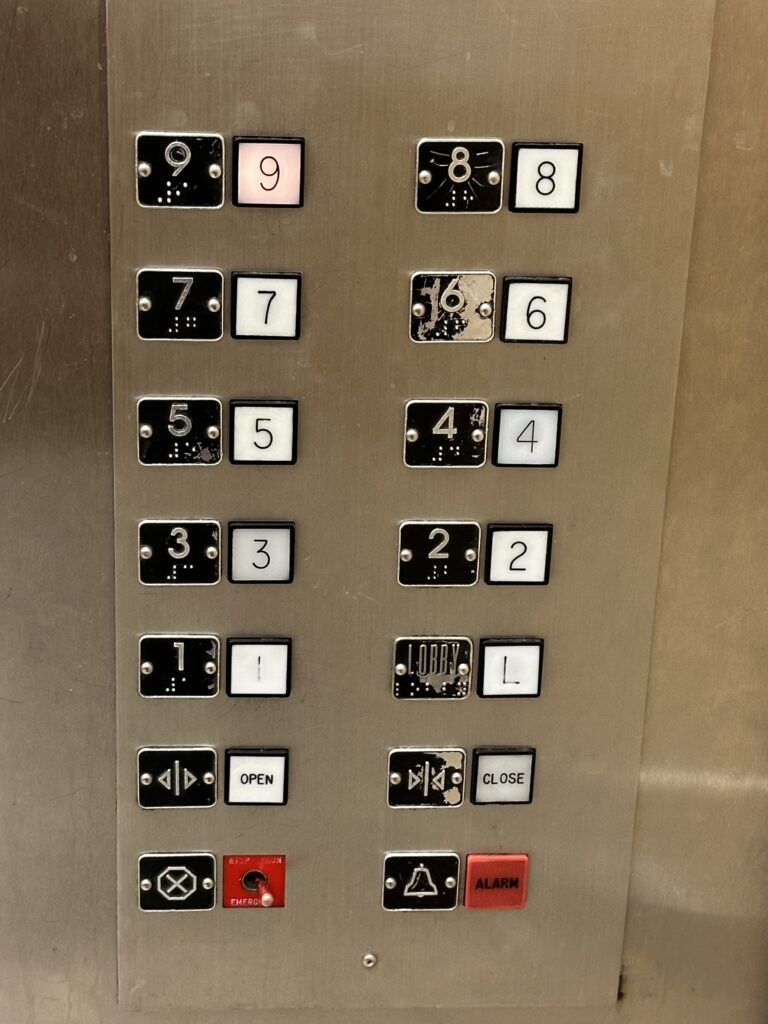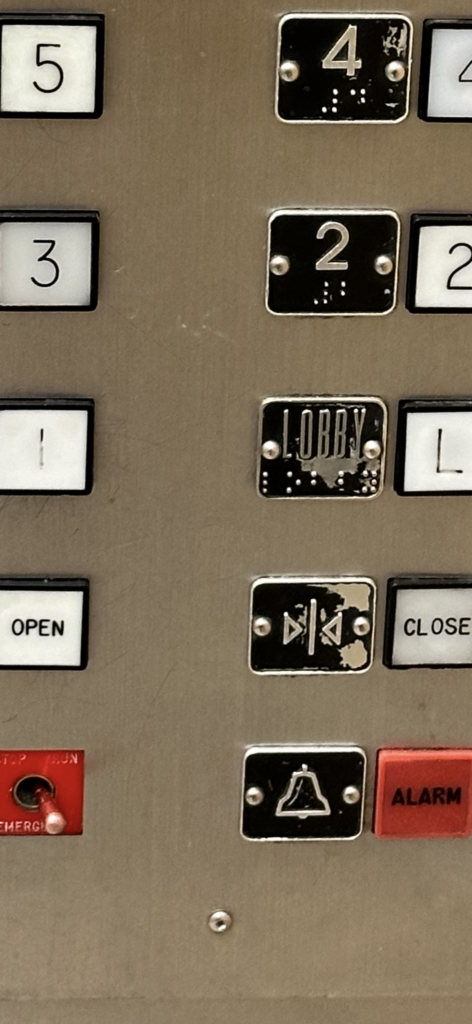Melanie DeMore and friends bring us a much needed reminder on the July 8th. . .no longer Independence Day holiday but. . .
Actually, it’s a much needed reminder for anybody, anytime, anywhere.
Melanie based her lyrics on these words from the late John Lewis, one of my personal heroes:
“We all live in the same house, we all must be part of the effort to hold down our little house. When you see something that is not right, not fair, not just . . . do something about it. Say something. Have the courage. Have the backbone. Get in the way. Walk with the wind. It’s all going to work out.”
And . . .
“Never, ever be afraid to make some noise and get in good trouble, necessary trouble.”
WE ALL LIVE IN THE SAME HOUSE Melanie DeMore We all live, we all live We all live in the same house We all live, we all live We all live in the same house Make some good, good trouble Keep on movin' ahead Make some good, good trouble Don't let anything hold you back! Good trouble, necessary trouble Hmmmm, keep goin' Good trouble, necessary trouble Don't let anything hold you back!
(My thanks to Melanie DeMore, VocalEssence Chorus, Ensemble Singers, Singers Of This Age, and Vintage Voices.)
WE ALL LIVE IN THE SAME HOUSE
BE CARING CATALYST ENOUGH
TO MAKE EVERYONE FEEL WELCOMED


 “The beginning and the end reach out their hands to each other.” —Chinese proverb
“The beginning and the end reach out their hands to each other.” —Chinese proverb

